Over a year ago, scientists announced that  they were baffled by the apparent dimming of star KIC8462852, also known as Tabby’s star. Now this is not a newly discovered star, but rather one that has been known for well over a hundred years. And that age of the star is part of what contributes to the mystery around it. See, when the star was first discovered, it was brighter than it is now. And while that isn’t unusual for a young star, KIC8462852 is understood to be a mature star – a definition that varies according to how massive the star is, but is generally millions or even billions of years.
they were baffled by the apparent dimming of star KIC8462852, also known as Tabby’s star. Now this is not a newly discovered star, but rather one that has been known for well over a hundred years. And that age of the star is part of what contributes to the mystery around it. See, when the star was first discovered, it was brighter than it is now. And while that isn’t unusual for a young star, KIC8462852 is understood to be a mature star – a definition that varies according to how massive the star is, but is generally millions or even billions of years.
Of course, the intarwebz came to the rescue of these poor researchers, putting forward the inescapable  conclusion that what we were seeing was evidence of an alien mega-structure, most likely a Dyson Sphere. That is to say, the popular opinion online has been that the light from the star is blocked periodically by a partially built structure which surrounds star KIC8462852 and harnesses much/most of the energy output of the star, converting it to some other energy form for the advanced technology built by the aliens living near the star. Naturally, there is no other possible explanation, and clearly we’ve finally found evidence of other life in the universe.
conclusion that what we were seeing was evidence of an alien mega-structure, most likely a Dyson Sphere. That is to say, the popular opinion online has been that the light from the star is blocked periodically by a partially built structure which surrounds star KIC8462852 and harnesses much/most of the energy output of the star, converting it to some other energy form for the advanced technology built by the aliens living near the star. Naturally, there is no other possible explanation, and clearly we’ve finally found evidence of other life in the universe.
The so-called alien megastructure hypothesis persisted longer than most extra-terrestrial-based theories, simply because scientists had few alternative ideas to explain the star’s peculiar blinking – until now. And the latest theory is almost as intriguing as the alien hypothesis.
Except, of course, that’s likely not what we’re seeing. The prevailing opinion now among experts is that we were witnessing the tail end of KIC8462852 consuming one of its own planets, brightening as a result of the added fuel, and slowly dimming back to its natural magnitude over the past hundreds or maybe thousands of years.
If KIC 8462852 did eat a planet – which is extremely rare in the space world, unless a collision pushed the planet out of its orbit – the star’s brightness would increase for a short period of 200 to 10,000 years as it burned up the planet (short in star time, that is). But once the burning was complete, the star would go back to around its original level of brightness.
So while the Dyson Sphere hypothesis is more fun, the more likely explanation is still fascinating, and gives us more information towards building a better understanding of our universe.

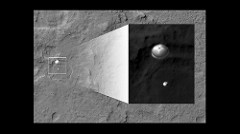 Celebrating 10 years of investigating the Red Planet from above, Wired Magazine presents
Celebrating 10 years of investigating the Red Planet from above, Wired Magazine presents 
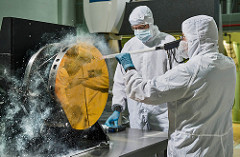 Even after it arrives at its destination, the telescope will have to unfold and cool over another month before it is operational and we will know that it will work as expected.
Even after it arrives at its destination, the telescope will have to unfold and cool over another month before it is operational and we will know that it will work as expected.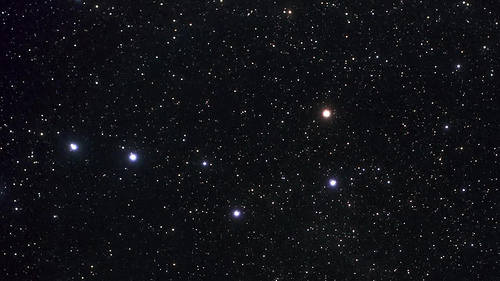
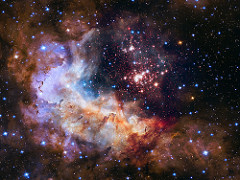 And still today, we are learning new things about our universe thanks to Hubble.
And still today, we are learning new things about our universe thanks to Hubble.  News today published on phys.org reveals that
News today published on phys.org reveals that 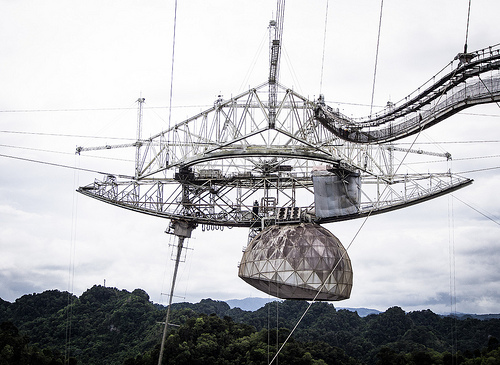 Recently, scientists have seen fast radio bursts coming from the same direction as one spotted in 2012. Initially announced in 2007, fast radio bursts are “
Recently, scientists have seen fast radio bursts coming from the same direction as one spotted in 2012. Initially announced in 2007, fast radio bursts are “